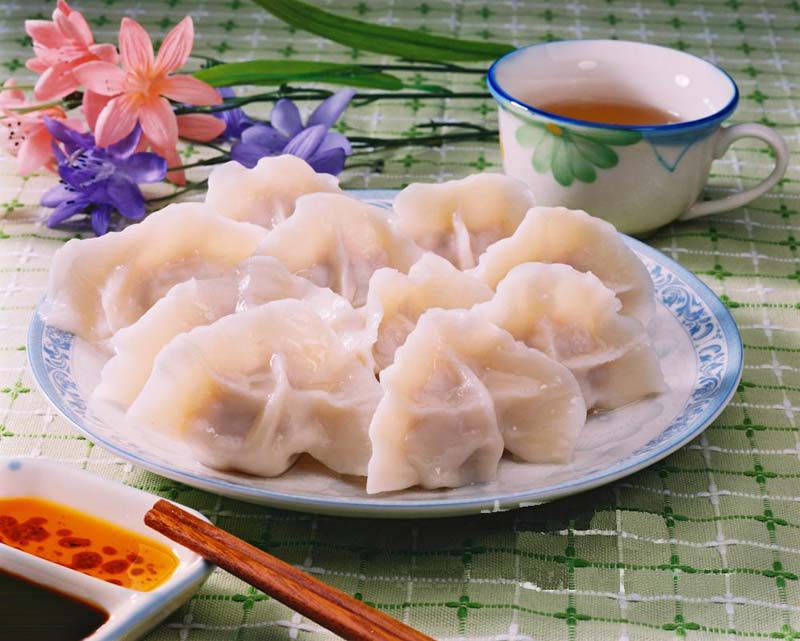O quê é a GEFAC?
Teaser da Documentacao:
Apresentacao da GEFAC:
 "Amor" ao Teatro Academico Gil Vicente
"Amor" ao Teatro Academico Gil Vicente Close
the door and gather all family together (but just for one day, afterwards we're paying visits to relatives and friends), paste red couplets on the
doors, burn fireworks and bonfires to scare "Year", wearing new
clothes (especially red ones) to demonstrate the happy atmosphere, but also to scare bad things away, and finally the dinner in the evening with the whole family coming together and preparing the best dishes as a foreshadowing or symbolic act that everyone will have but good food during the year to come. A typical food is called "Jiao
zi", which would be translated as "dumpling" in English (usually salty, with lots of different variations), there is a little coin put inside one of the jiao zi and the lucky person who gets this one is considered to expect a new year full of luck and prosperity.
Close
the door and gather all family together (but just for one day, afterwards we're paying visits to relatives and friends), paste red couplets on the
doors, burn fireworks and bonfires to scare "Year", wearing new
clothes (especially red ones) to demonstrate the happy atmosphere, but also to scare bad things away, and finally the dinner in the evening with the whole family coming together and preparing the best dishes as a foreshadowing or symbolic act that everyone will have but good food during the year to come. A typical food is called "Jiao
zi", which would be translated as "dumpling" in English (usually salty, with lots of different variations), there is a little coin put inside one of the jiao zi and the lucky person who gets this one is considered to expect a new year full of luck and prosperity. With this huge bunch of invites, we eat a lot
of African food (vegetables, meat, fish, fufu, pondu,...) before
midnight and at midnight the eldest person of the family usually says a prayer
to thank God for everything and to ask him for blessing and protection for the family during
the New Year.
With this huge bunch of invites, we eat a lot
of African food (vegetables, meat, fish, fufu, pondu,...) before
midnight and at midnight the eldest person of the family usually says a prayer
to thank God for everything and to ask him for blessing and protection for the family during
the New Year. 

 There is no proper typical food for a New Year's celebration. Our
dinner is more or less like the Christmas dinner. But we certainly drink lots of
wine, champagne and sparkling wine (in Spain also known as Cava). We start dining with an appatizer: pieces
of lamb, spanish ham, olive oils, the famous tapas and so on, followed by a hot soup,
to fight the cold of December! After that we start with the "real" food:
meat (usually lamb), and many typical sweets called polvorones (a kind of heavy, soft and very crumbly spanish shortbread made of flour, sugar, milk, and nuts).
There is no proper typical food for a New Year's celebration. Our
dinner is more or less like the Christmas dinner. But we certainly drink lots of
wine, champagne and sparkling wine (in Spain also known as Cava). We start dining with an appatizer: pieces
of lamb, spanish ham, olive oils, the famous tapas and so on, followed by a hot soup,
to fight the cold of December! After that we start with the "real" food:
meat (usually lamb), and many typical sweets called polvorones (a kind of heavy, soft and very crumbly spanish shortbread made of flour, sugar, milk, and nuts).